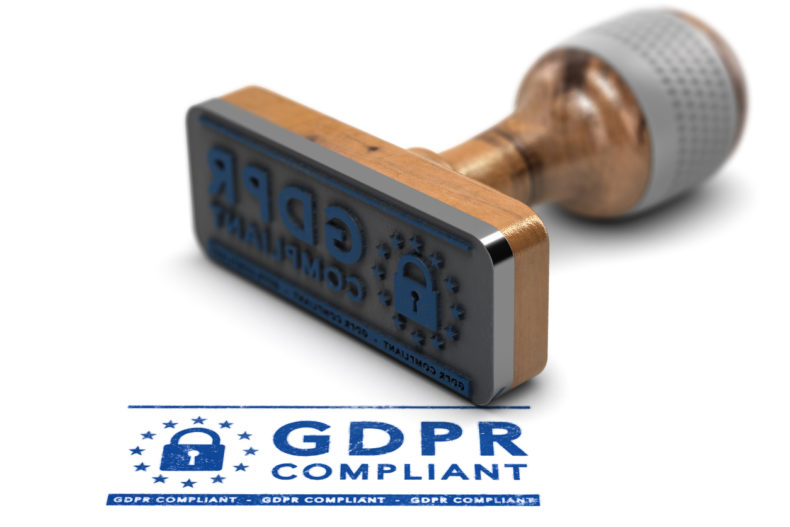
With the arrival of the EU’s General Data Protection Regulation, marketers worldwide are finding themselves adjusting to European-style consumer protection norms.
Although GDPR applies only to EU citizens, the nature of business in the digital age is such that most enterprises are re-engineering their processes for complete compliance.
Email marketing was hit particularly hard by the regulations, and failure to obey them may result in fines ranging into the millions, even for U.S.-based businesses with no presence in Europe.
Luckily, email marketers who followed B2B email marketing best practices up to this point will discover it is relatively easy to adjust to GDPR, which is now being enforced.
Here’s how enterprises can move toward compliance:
1. Send a Re-Permission Campaign
Experts agree it will be unclear whether most enterprises are permitted to remain in contact with email subscribers added to their list before May 25, 2018 without verifying permission. This is an issue all marketers should address, whether or not they have existing, older permissions on file.
A re-permission campaign is simply intended to verify the recipient is still interested in emails from your enterprise. It should enable them to provide explicit permission and remind them in detail about what types of communication, precisely, they can expect from you.
2. Make All Opt-Ins Explicit
Speaking of permission-based marketing, the days of users having to uncheck a dozen boxes before submitting a form are over. A consumer’s choice to join a given mailing list or promotion must be explicit. To avoid “accidental” consent, forms may not have pre-checked boxes. This is one reason why it is essential to obtain fresh permissions even from your existing users.
Legacy marketing tools that used pre-checked boxes, often as a default option, can rarely tell you the precise dates when pre-checking was or wasn’t used. Go through each and every sign up form to ensure that they are never displayed with a pre-checked opt-in.
3. Re-Examine All Email Automation
Much of marketing automation remains intact under GDPR. Still, marketers may not make automated changes to account status or pricing without human oversight. This comes into play when, for example, automated changes are made to pricing when a user is late in payment. To comply, ensure all material changes to account status are verified by a real person.
4. Ensure Users Can Unsubscribe Fast
Enterprises must enable users to assert their right to be forgotten. That includes facilitating users’ choice to unsubscribe by including relevant links in the footer of your email – a practice already common due to the CAN-SPAM Act of 2003.
B2B email marketing is far from dead. However, changes are afoot. Adapt now so the integrity of your campaigns is never in question.
